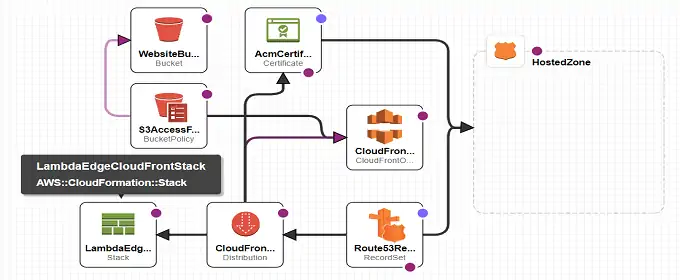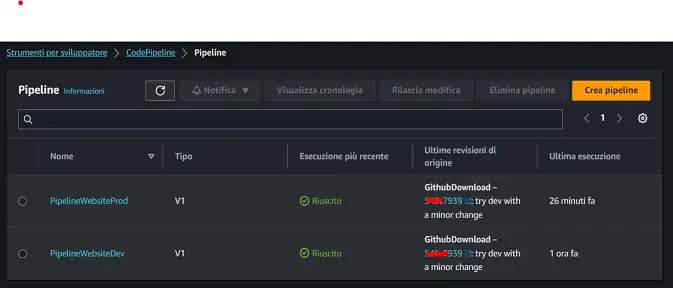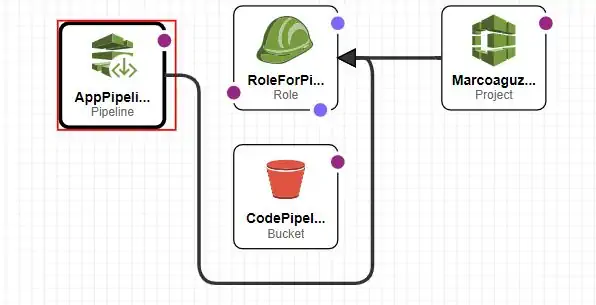Unforgettable deploy: keep resources coupled with Cloudformation Nested Stacks
Requirement
This website is served by an AWS Cloudfront distribution. The distribution has a cache behavior with a lambda@edge function attached to it to complete with “/index.html” the urls ending with a slash character.
Before this post, the Cloudformation Stack with the lambda and the one with the cloudfront distribution were separated. The only link between the two was the output value exported by the former and read by the latter.
Here’s what the AWS web UI lists:
The Cloudfront distribution can’t live without the lambda, so the deployment of the lambda should be done within the distribution one. The risk of having the two stacks completely separated is that an updated version of the lambda is not immediately referenced in the Cloudfront distribution (which is exactly what happened in the previous deploys of the website)
Taken approach and what’s needed
AWS Cloudformation Nested Stacks can be useful. One child stack is referenced in a parent stack and, when the parent is deployed, the resources of the child stack are deployed first.









